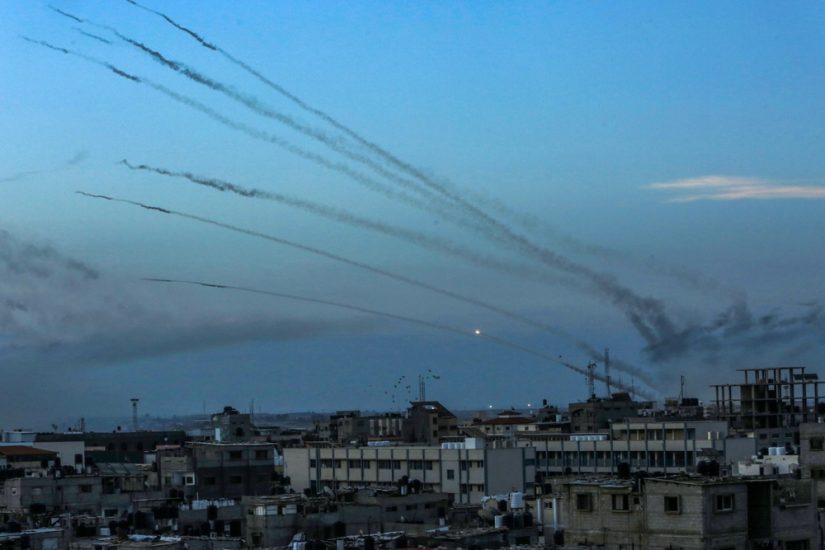“I think it is well also for the man in the street to realise that there is no power on earth that can protect him from being bombed. Whatever people may tell him, the bomber will always get through” –Stanley Baldwin, 1932
Philip Butterworth-Hayes
The invasion of Israel by Hamas fighters on 7 October has shown, yet again, the vulnerability of seemingly well-organised, well-equipped defences against forces with relatively low technology but highly coordinated drone attacks.
Over the last few years the drone unit within the military wing of Hamas, Al Qassam Brigades, has quietly been developing its range of drone capabilities from counter-UAS to “domestically developed” Al-Zawari drones; according to Turkish media: “In a statement, Al-Qassam Brigades said it fired 35 of its Al-Zawari attack drones on all fronts with Israel.”
Drone security analysts DroneSec, in a Linkedin post, has identified four areas where Al-Qassam brigade’s drone unit has been able to deploy its drone capabilities.
“During these initial actions, considerable use of drones has been acknowledged, with some vision appearing via official Hamas channels. Some of the footage is pre-prepared, displaying practice and training videos. This observation documents the use of drones by Hamas during the conflict, including: the use of quadcopters to drop stabilized munitions on vehicles, people; the use of quadcopters to deliver explosives against infrastructure; the use of quadcopters to film rockets, vehicles and troops for propaganda; the use of fixed-wing kamikaze drones to target infrastructure.”
Hamas has clearly been learning the lessons of Ukraine. In particular, the publication on YouTube by Hamas militants using drones to drop munitions on an Israeli tank show that Hamas has mastered not just the technical capabilities of using drones in this role but their propaganda value, too. Hamas’s Al-Aqsa TV channel on 8 October published a series of videos from the attack which have been widely circulated on social media since. They show up-close footage of the bombing of Israeli observation towers and along the Gaza border.
However, the publication of another video showing a Hamas drone attack on ambulances suggest the group’s propaganda units have not yet quite fully understood the full sensitivities of their audience.
The attack was well coordinated and coincided with a cyber attack on the Israeli Defence Force (IDF) communications system. First, a barrage 3,000 rockets was fired at Israel, while hang gliders were flown across the border to secure an area behind the fence, using explosives to breach the barrier and open the way for hundreds of fighters to pt through.
It is still a mystery as to how the most technically advanced, well-prepared and astute military power on earth found its defences breached so easily. In the subsequent inquiry, many will hope that the failures will be identified as a tactical misjudgment, resulting from underestimating the level of threat, rather than any wider strategic vulnerabilities. After all, Israel is the global centre of excellence for counter-UAS technology
(Image: Shutterstock – Hamas fires a large number of rockets towards Israel in the city of Rafah in the southern Gaza Strip, October 7, 2023).




